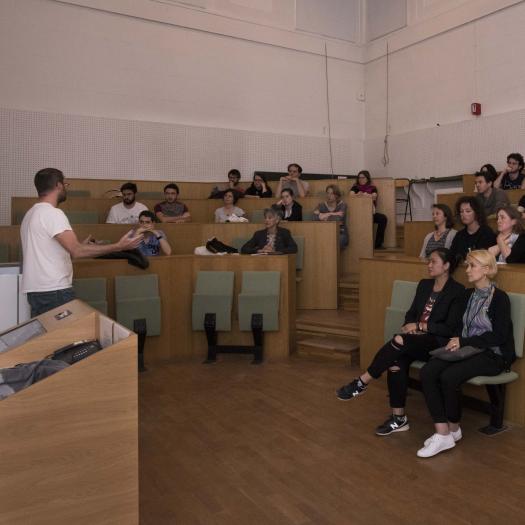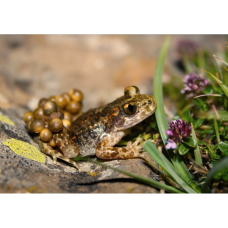Les séminaires de l’ISYEB accueillent Denis Bourguet, Centre de Biologie pour la Gestion des Populations de Montpellier

Les séminaires de l'ISYEB tous les mardis en amphithéâtre Rouelle

Les séminaires de l'ISYEB tous les mardis en amphithéâtre Rouelle
De 12h30 à 13h30
Peer Community in: a free public system for peer-reviewing and highlighting preprints
In order to offer an alternative to the current system of publication - which is particularly expensive and not very transparent - we have initiated the Peer Community in (PCI, https://peercommunityin.org) project. PCI is a non-profit scientific organization that aims to create specific communities of researchers reviewing and recommending, for free, unpublished preprints in their field (i.e. unpublished articles deposited on open online archives like arXiv.org and bioRxiv.org)
Each PCI is a group of several hundreds recommenders playing the role of editors who recommend such preprints based on peer-reviews to make them complete, reliable and citable articles, without the need for publication in ‘traditional’ journals (altough the authors can submit their recommended preprints afterwards). Evaluations and recommendations by a PCI are free of charge. When a recommender decides to recommend a preprint, he/she writes a recommendation text that is published along with all the editorial correspondence (reviews, recommender’s decisions, authors’ replies) by PCI Evol Biol. The preprint itself is not published by PCI; it remains in the preprint server where it has been posted by the authors. The first Peer Community in has been launched in 2017: Peer Community in Evolutionary Biology (PCI Evol Biol). More than 370 recommenders have already joined PCI Evol Biol. PCI Paleontology and PCI Ecology have been launched in January 2018 and this latter PCI already counts 270 recommenders.



